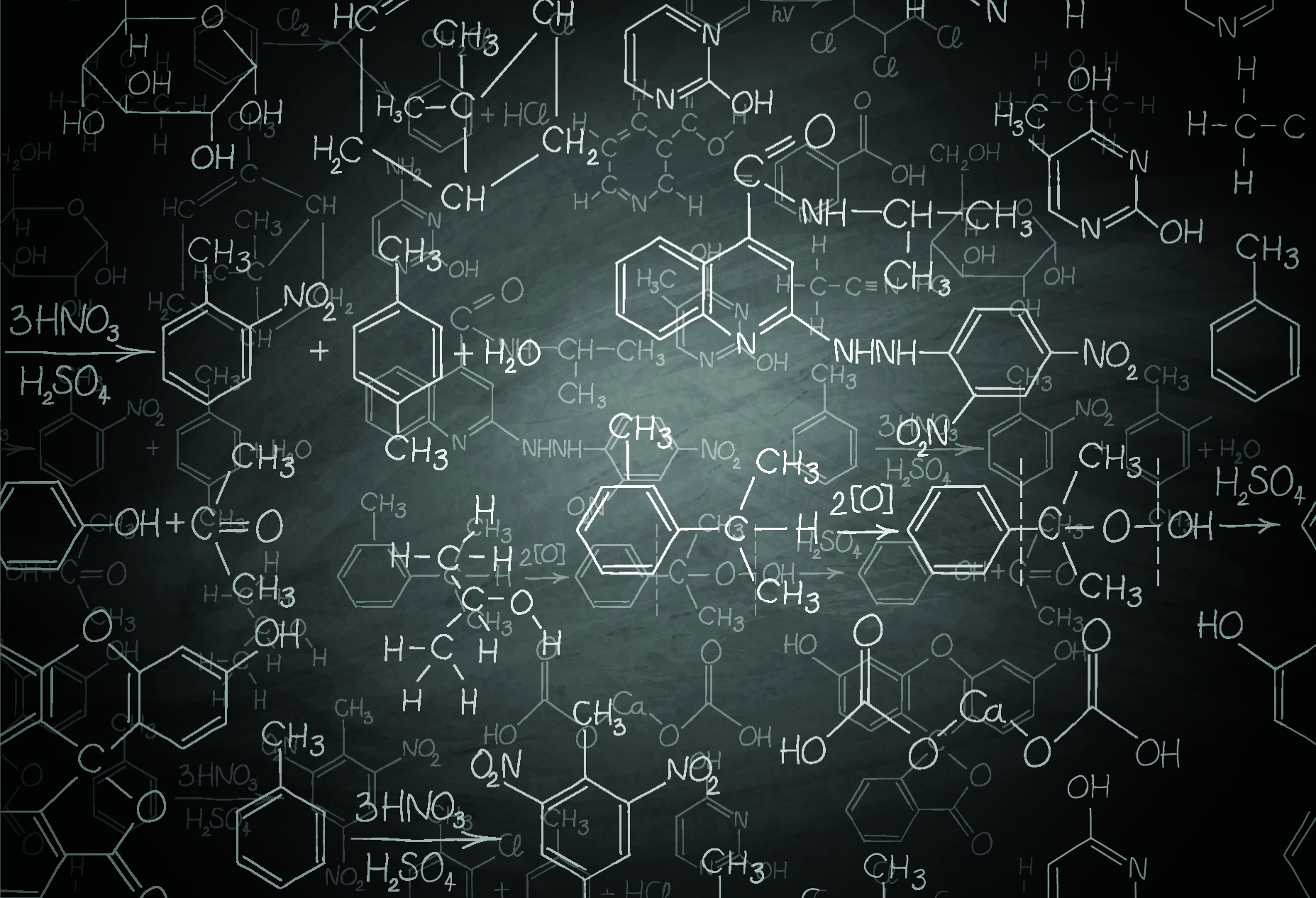
Polymer Characterization
Determining the residual monomer content of polymers is very important for many applications.
Some monomers are toxic and the presence of some varieties of monomers can encourage premature or accelerated polymer degradation.
Our scientists frequently determine the residual monomer content of many polymer systems for clients working in a variety of industries. The determination of residual monomer content is often a part of a comprehensive additives analysis investigation. Because of the variety of sample analysis techniques we have in our laboratories, the residual monomer content of virtually any sample can be determined.
Approaches
The most common approach we use for the determination of residual monomer content is Gas Chromatography with a Flame Ionization Detector (GC-FID). The GC-FID method has great sensitivity and is very robust. The GC-FID is excellent for residual monomer testing of bioabsorbable polymers such as PLA, PLGA, and PCL (poly(lactic acid), poly(lactide-co-glycolide) and polycaprolactone).
Another common approach we use for the determination of residual monomer content is Gas Chromatography coupled with Mass Spectrometry (GC/MS). The GC/MS method has excellent sensitivity and also has great speciation.
Nuclear Magnetic Resonance Spectroscopy (NMR) is another method of analysis that is well suited for residual monomer analysis of polymers and formulations.

Sample Considerations
A sample mass of about 10-g is typically enough, although some of our residual monomer methods can use as little as 10-mg. For GC-FID methods, 100-mg is a usual sample mass. We can extract the residual monomer from the sample or we can evaluate a sample directly by using a Head Space GC/MS method or one of our GC-FID methods.
Some monomers are not volatile enough or are too chemically active to obtain reliable GC results. In those cases we can use chemical derivatization techniques to convert a troublesome monomer to a volatiles species. An example of this approach is the conversion of organic acids to the corresponding methyl ester.
Contact us to talk through your specific testing needs and associated sample considerations.
Experience
Products we’ve tested:
- Bioabsorbable polymers
(PLA, PLGA, PCL) - Methyl methacrylate (MMA)
- Acrylics
- Polyacrylamide
- Phenol
- Products for the presence of Bis-phenol A (BPA)
